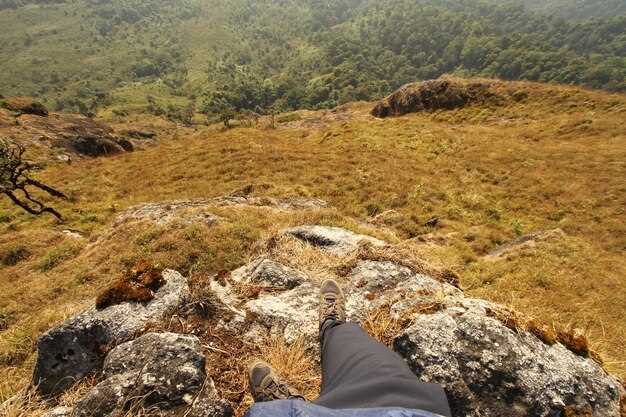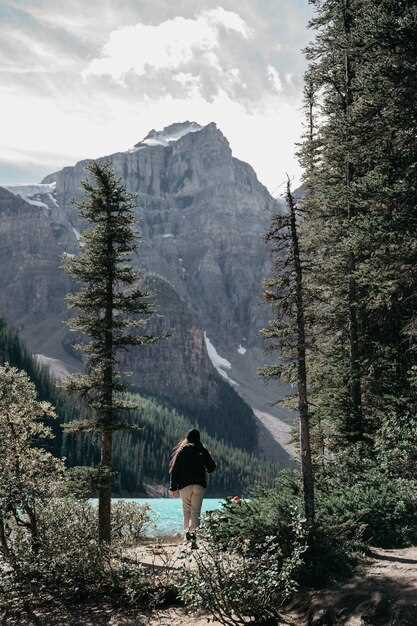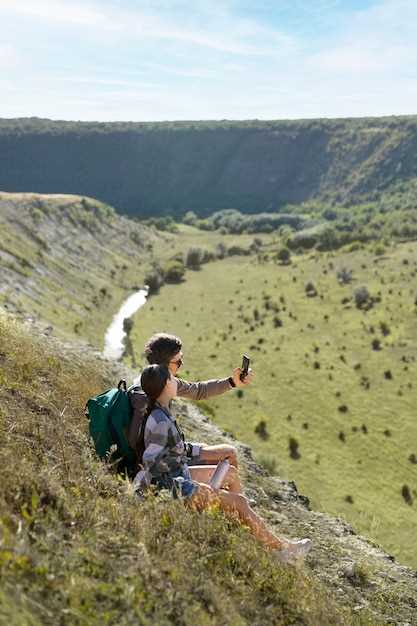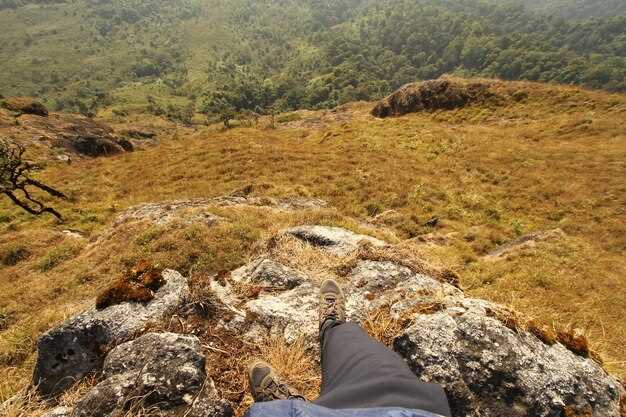
When it comes to embarking on an unforgettable trekking adventure, few experiences can rival the thrill of exploring the vast wilderness of national parks. These natural sanctuaries not only offer stunning landscapes but also provide an opportunity to immerse oneself in the tranquility of nature. For those who seek remote trekking experiences, discovering the hidden gems within these parks is essential.
National parks are the epitome of outdoor exploration, showcasing diverse ecosystems, unique geology, and abundant wildlife. The allure of remote areas within these parks lies in their ability to transport trekkers far from the bustle of everyday life, allowing for a deep connection with the environment. Whether you are navigating rugged mountain trails, traversing dense forests, or wandering beside pristine lakes, the remote trekking routes in these parks promise adventure and solitude.
In this article, we will delve into some of the top national parks renowned for their exceptional trekking opportunities. Each park boasts its own distinctive features and challenges, catering to trekkers of various skill levels. From the towering peaks of the Rockies to the serene valleys of the Appalachian region, your next adventure awaits in these enchanting parks.
Choosing the Right National Park for Your Trekking Experience

Selecting the perfect national park for your trekking adventure involves several factors to ensure a fulfilling experience. First, consider the geography of the parks. From the towering peaks of the Rocky Mountains to the lush forests of the Pacific Northwest, each region offers unique landscapes that can significantly influence your trekking experience.
Another critical factor is the difficulty level of hiking trails. Parks like Yosemite and Zion provide a range of trails suitable for both beginners and seasoned trekkers, while others may feature more challenging routes requiring advanced skills. Evaluate your physical condition and choose a park that aligns with your hiking proficiency.
Additionally, think about the climate and seasonal conditions of the national parks. Some parks, like those in the deserts of Utah, can be extremely hot in summer, while others in mountainous regions may experience heavy snowfall during winter. Research the best times to visit for your preferred activities and comfort level.
Wildlife observation is another aspect to consider. If encountering diverse fauna is important to you, parks like Yellowstone and Glacier offer incredible opportunities for wildlife sightings. Understanding the types of wildlife present can enhance your overall trekking experience.
Lastly, accessibility matters. Look for parks that offer well-maintained trails and necessary amenities. Parks that are easier to reach may allow for more spontaneous trekking trips. Consider your travel preferences and ensure your chosen national park meets your logistical needs.
By weighing these factors, you can confidently select a national park that will provide an unforgettable trekking adventure, tailored to your interests and abilities.
Must-Have Gear for Remote Trekking in National Parks

When embarking on a remote trekking adventure in national parks, having the right gear is crucial for safety and enjoyment. Here are some essential items that should be part of every trekker’s kit:
1. Quality Footwear: A reliable pair of trekking boots is fundamental. Look for boots that provide good ankle support, waterproofing, and traction for various terrains. Comfort is key, so make sure to break them in before your trip.
2. Navigation Tools: While trails in national parks can be well-marked, carrying a map and compass is essential for remote areas. A GPS device or smartphone app can also be beneficial, but always have a backup in case of battery failure.
3. Hydration System: Staying hydrated is critical during trekking. A durable hydration pack or water bottles should be part of your gear. Additionally, include a water purifier or treatment tablets to ensure safe drinking water from natural sources.
4. Layered Clothing: The weather in national parks can change rapidly. Opt for a layered clothing system that allows you to adapt to varying temperatures and conditions. Include moisture-wicking base layers, insulating mid-layers, and a waterproof outer shell.
5. Emergency Kit: A comprehensive first aid kit is a must-have. It should include bandages, antiseptics, pain relievers, and any personal medications. Additionally, pack a whistle, multi-tool, and a flashlight to handle emergencies.
6. Lightweight Backpack: Choose a comfortable and lightweight backpack designed for trekking. It should have enough capacity for your gear while distributing weight evenly to avoid strain during long hikes.
7. Nutrition Supplies: High-energy snacks like nuts, jerky, and energy bars are essential for sustaining energy levels on the trail. Consider carrying a portable stove or a lightweight cooking system for preparing meals if your trek lasts multiple days.
8. Shelter: If planning to camp, invest in a lightweight tent that can withstand wind and rain. A sleeping bag rated for the season’s temperatures and a sleeping pad for comfort are equally important.
9. Sun Protection: Even in remote areas, sun exposure can be harmful. Bring along sunscreen, sunglasses, and a wide-brimmed hat to shield yourself from UV rays while trekking.
10. Insect Repellent: In many national parks, insects can be a nuisance or even a health threat. Carry effective insect repellent to protect against bites from mosquitos and ticks.
With the right gear, you can enhance your remote trekking experience and navigate the natural beauty of national parks safely and effectively.
Planning Your Trek: Permits and Safety Measures
Before embarking on a remote trekking adventure in national parks, it’s essential to understand the permit requirements for your chosen destination. Most national parks require specific permits for backcountry camping and longer treks to manage visitor impact and preserve natural resources. Research the park’s official website or contact their visitor center for detailed information on permit applications, fees, and reservation timelines. Some parks offer a limited number of permits, so plan accordingly to secure yours well in advance.
Safety should be a top priority when trekking in remote national parks. Familiarize yourself with the park’s terrain, weather conditions, and potential hazards, such as wildlife encounters or sudden weather changes. Always carry a map and compass, or a reliable GPS device, and be prepared for navigation challenges in backcountry areas. Let someone know your itinerary, including expected return dates, to ensure assistance can be dispatched if needed.
Equipping yourself with essential gear, including a first aid kit and appropriate clothing, is vital for a successful trek. Invest in high-quality outdoor equipment, such as waterproof boots and layered clothing, to adapt to varying temperatures and conditions. Hydration is key, so carry sufficient water and a filtration system for replenishment during your journey.
Lastly, familiarize yourself with Leave No Trace principles to minimize your environmental impact. Practicing these principles helps preserve the beauty of national parks for future generations and ensures a more enjoyable experience for all visitors.
